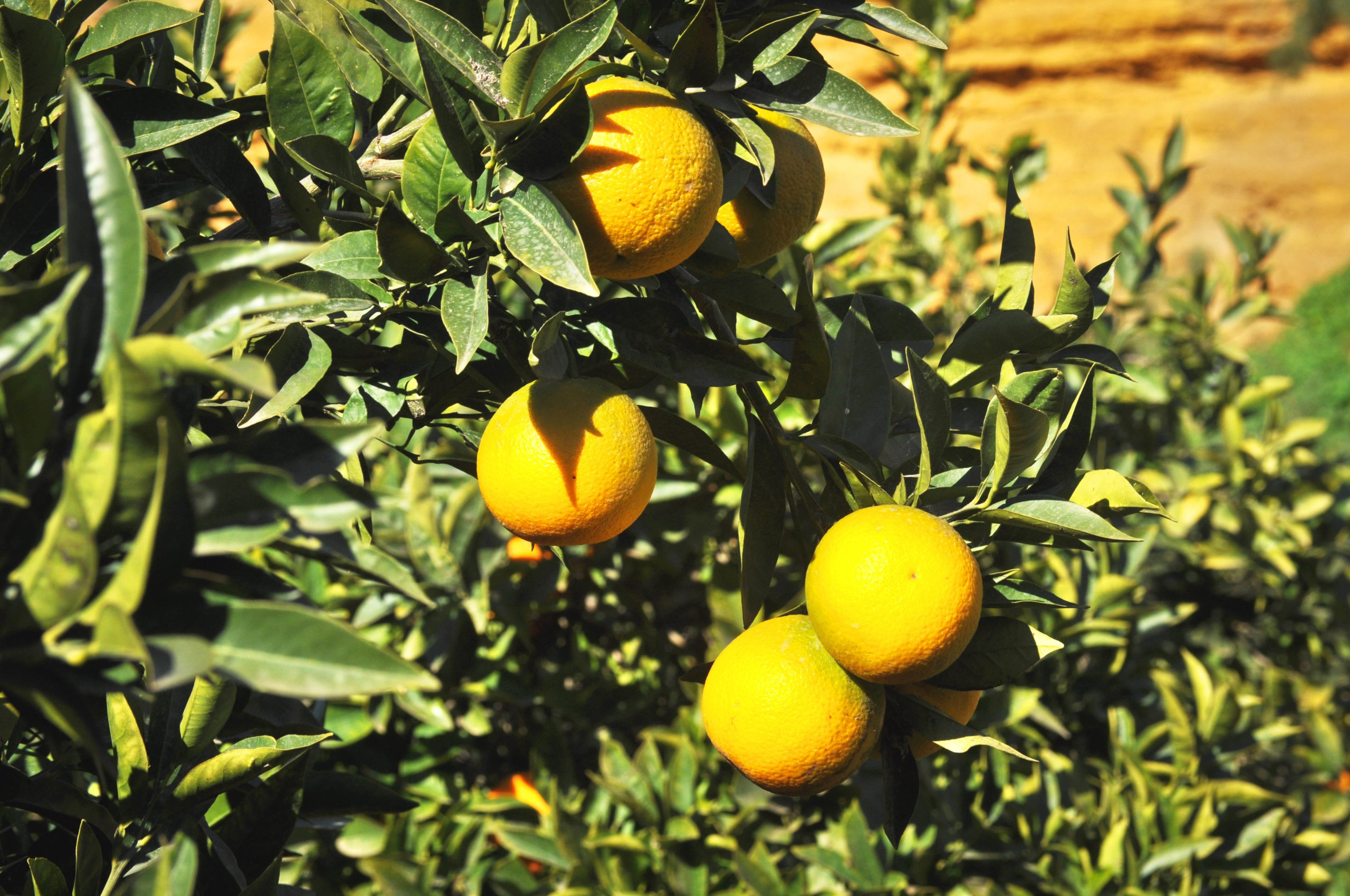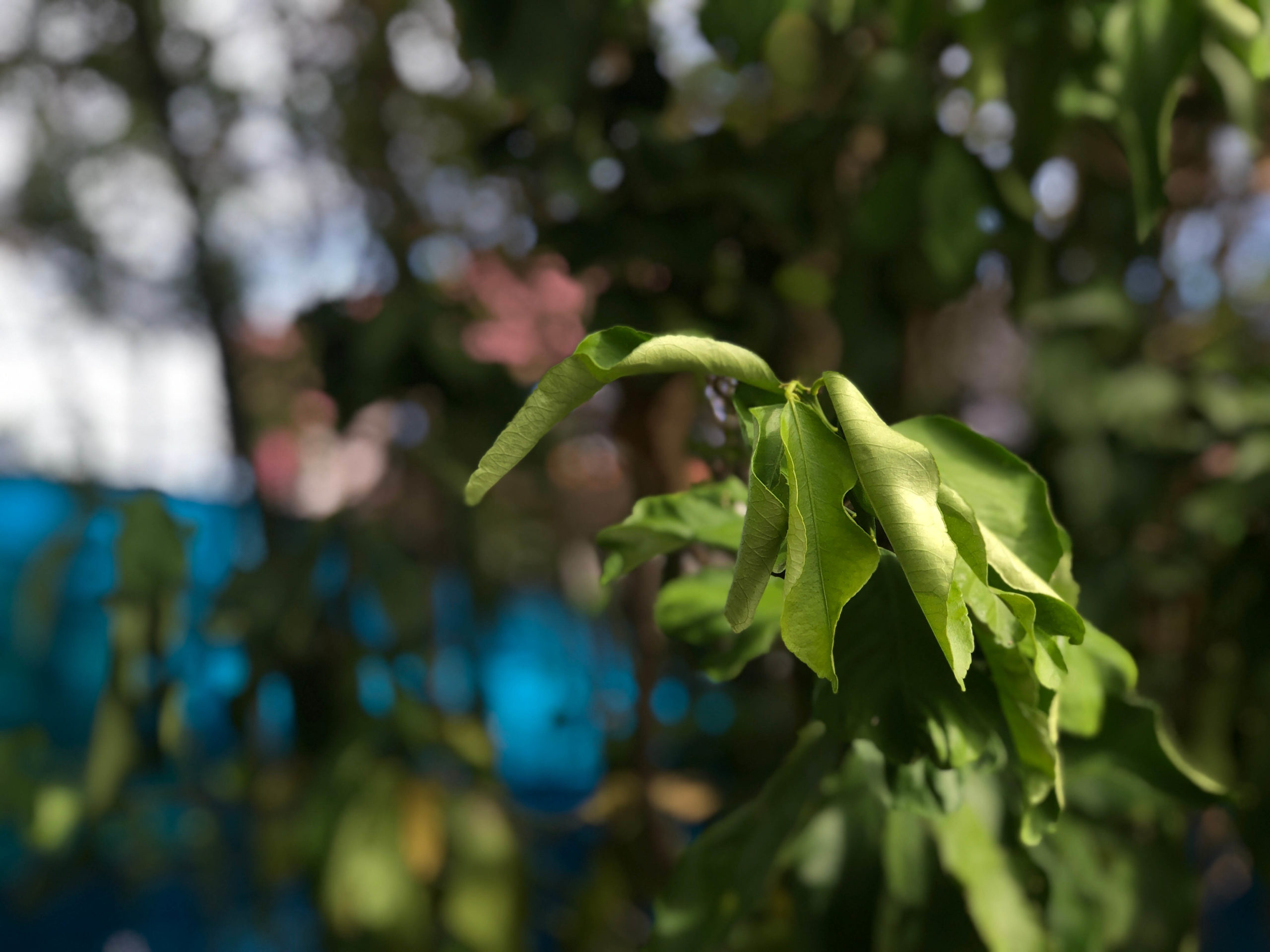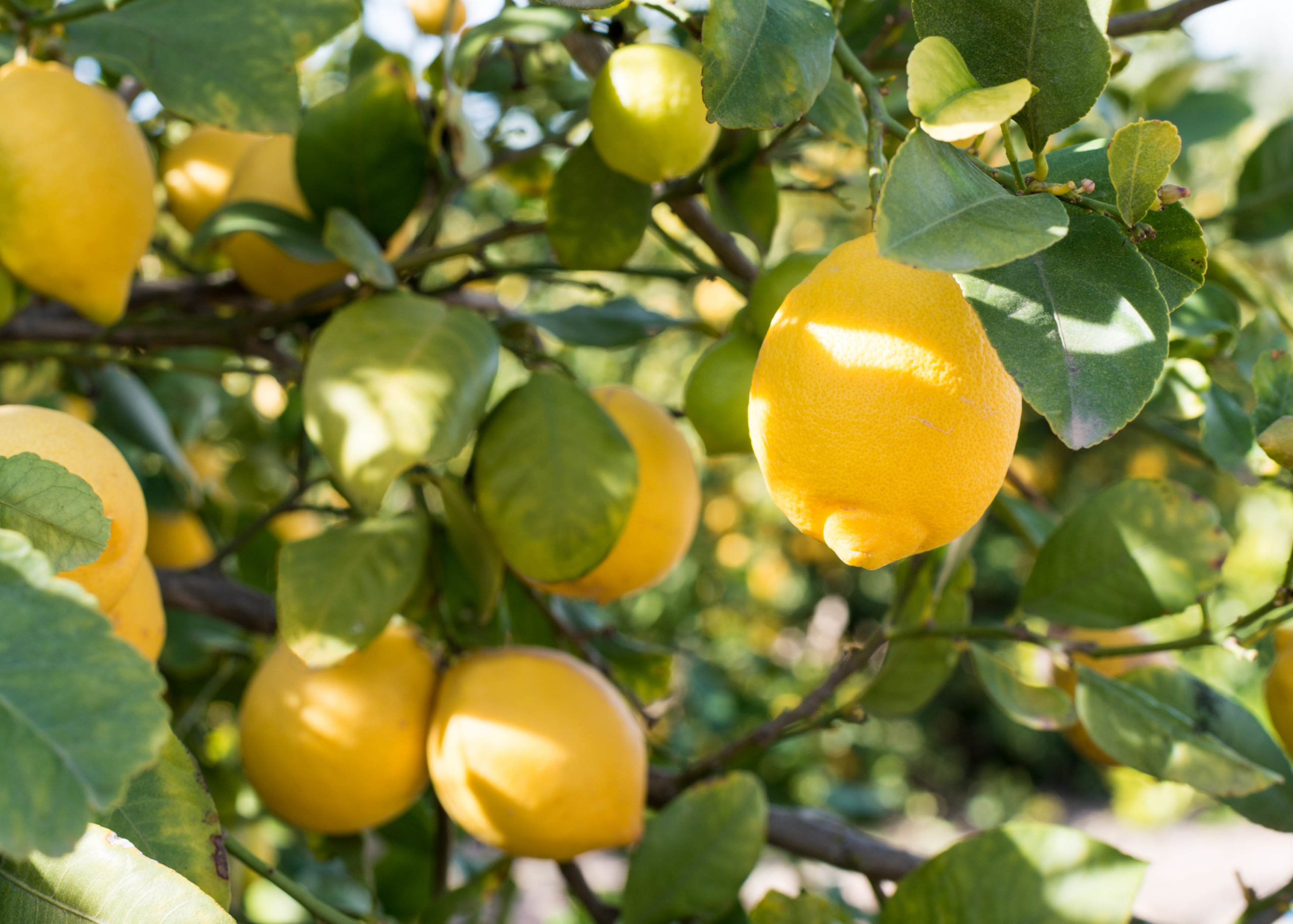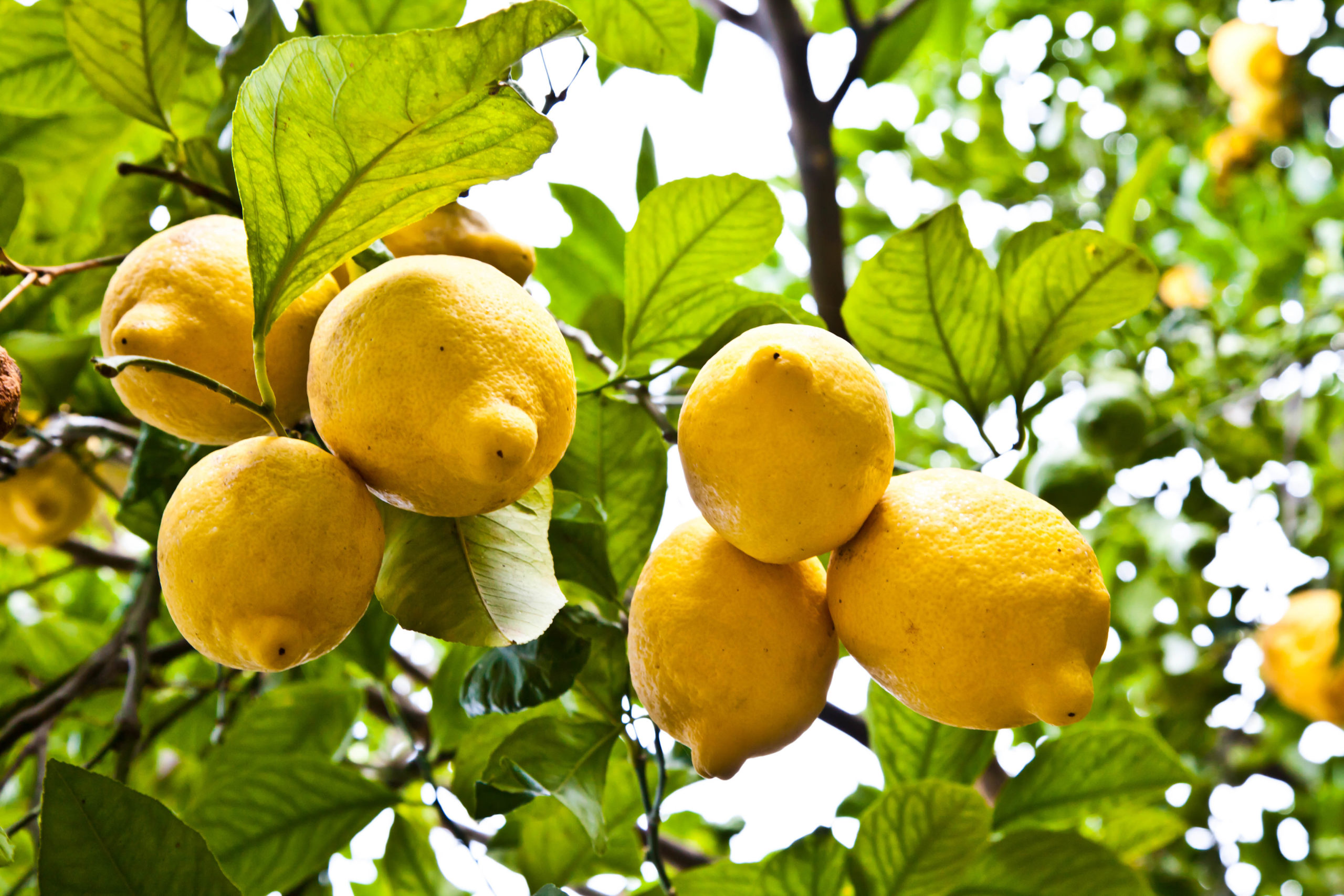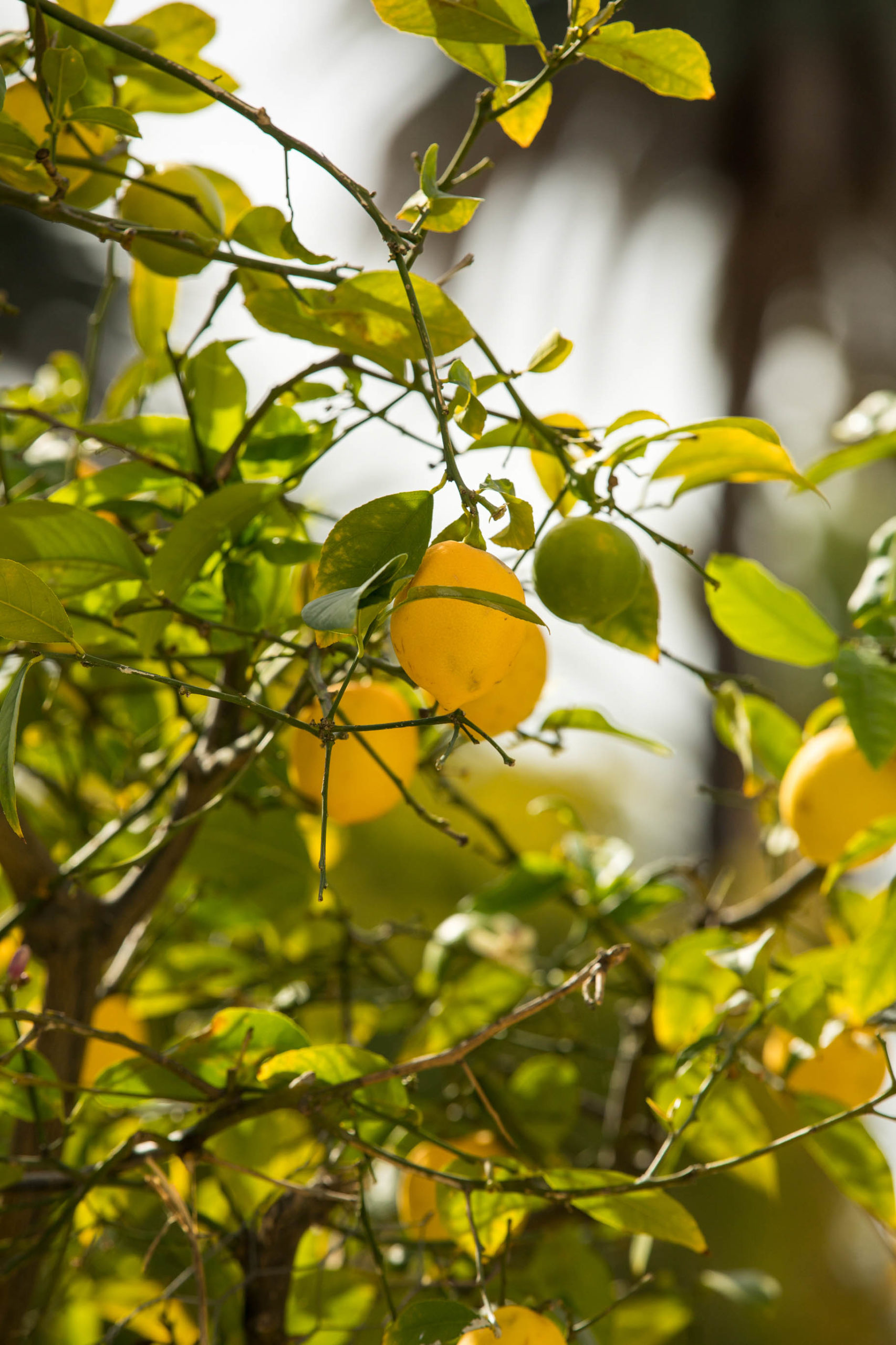Harvesting Citrus in the Home Garden: Preharvest Care
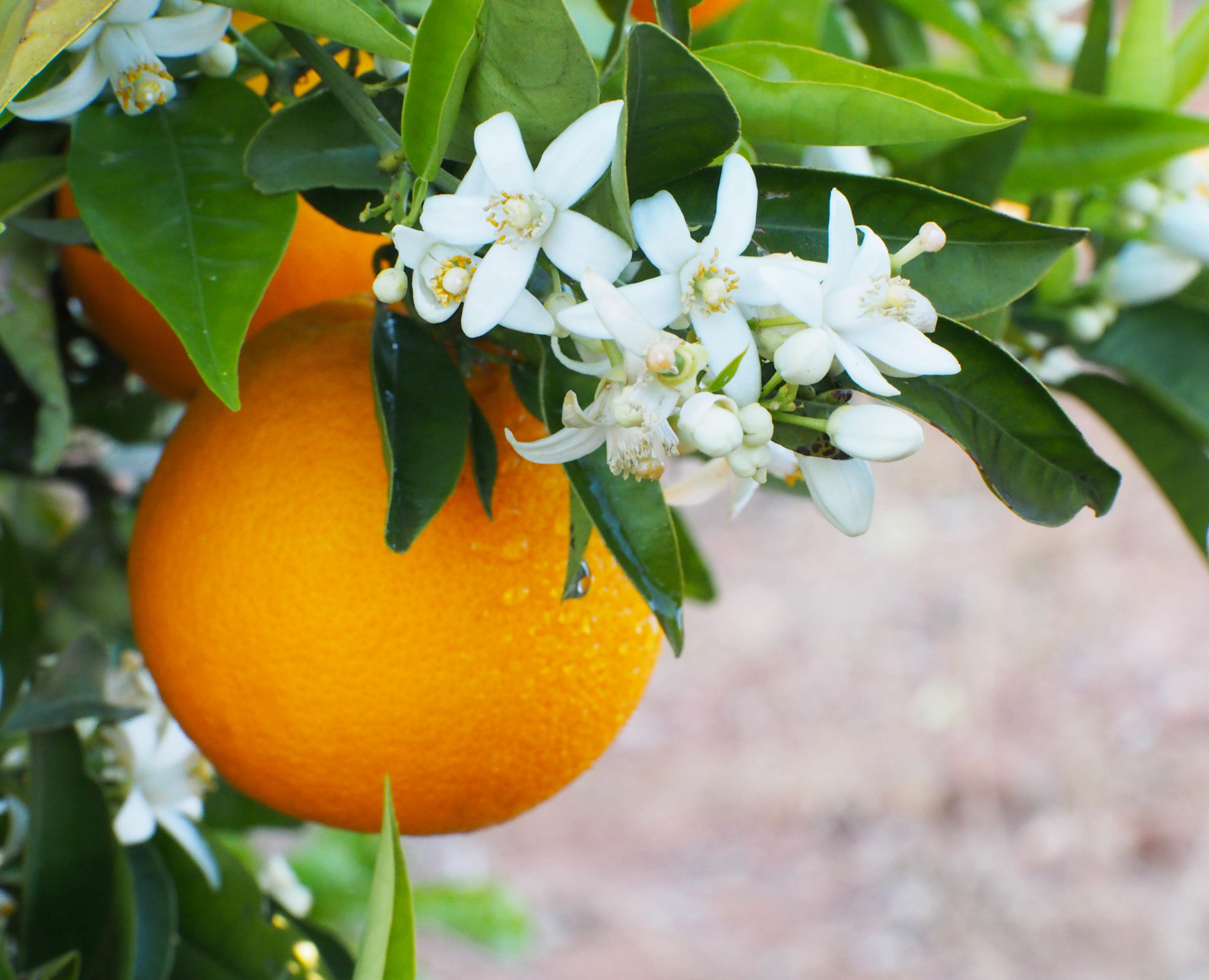
GardenZeus receives commissions for purchases made through links in this post. There is no additional cost to you.
The majority of citrus varieties grown in California are harvested from late summer to early winter. What should you do to optimize your harvest?
Citrus Season in California
Oranges, lemons, grapefruits, and limes: growing and harvesting citrus trees at home is a unique opportunity and pleasure of living in the warm-winter Mediterranean California areas that comprise a large portion of the state. Many citrus varieties are harvested in California beginning in mid or late December, with some types ripening by January or February, and a few as early as November.
Citrus harvest may continue for long periods, with some varieties holding on trees for months. A few citrus varieties including Valencia oranges and Meyer Lemons are harvested throughout summer and into fall. Various citrus varieties are harvested year-round in California.
Citrus are evergreen and produce best with sufficient year-round fertilization and other maintenance. Many important tasks remain for optimizing citrus yield in months before harvest.
Preharvest Watering of Citrus
With California’s long, dry Mediterranean summers, watering citrus trees may be critically important in hot-summer areas. If you do nothing else, pay attention to watering your citrus trees in the months before harvest, especially during or after hot summers and when rain is slow to arrive in fall or winter. Drought or insufficient water may be the single most common reason that home citrus harvests fail in California. When trees don’t have enough water, they may drop unripe or semi-ripe fruits, causing a loss of some or all of the harvest.
No single tip or rule will ensure effective watering of all citrus trees. The best way to water citrus is to learn how to recognize when they need water, and water as needed. Citrus leaves curl inward and droop when trees have insufficient water. Trees with sufficient water will have leaves that are flat or slightly curled, with leaves on an upward angle.
Curling leaves on this orange tree suggest that the tree needs water:
This lime tree is severely drought stressed with curled and wilted leaves:
These lemon leaves are open and flat, indicating sufficient watering:
Trees near irrigated areas such as lawns or garden beds might need minimal or no supplemental water year- round. Established trees in non-irrigated areas may need watering every 2 to 4 weeks during hot summer weather and into fall, or during long periods with little or no rain from fall through summer.
Deep watering is always best to encourage deeper rooting and long-term tree health, but during periods of hot weather or when deep watering doesn’t prevent wilting, it’s best to soak the entire upper root system of citrus trees, most of the soil within a tree’s dripline to just beyond the dripline, while minimizing water that hits the trunk and keeping soil directly near the trunk as dry as possible.
Preharvest Care of Citrus
– Pruning: The ideal timing for pruning is after fruiting and before flowering, but many citrus varieties are either in fruit or flower most or all of the year, in some cases both at the same time. There may be no single time of year that a given citrus variety or individual tree can be pruned without removing either flowers or fruit. One solution is regular or even monthly pruning of whatever portions of a given tree don’t have fruit or flowers.
While pruning is easier and more important after harvest, it is possible to eliminate crossing branches that lack fruit or flowers and complete similar minor pruning year-round. Citrus produce fruit on small stems and at the tips of branches or outsides of canopies. To keep trees fruiting optimally and to encourage new growth, prune lightly but frequently, and occasionally remove older wood and larger branches. This also helps to keep tree size manageable, and optimizes citrus fruit production in proportion to the size of an individual tree. Larger trees that are neglected or not pruned for years will produce proportionally less fruit for the amount of yard space and often do so only at the outside margins of their canopies.
– Fertilization: Fertilizing citrus is most important when blooms and fruit set, but is helpful or needed by most trees in the months before harvest.
Citrus are heavy feeders and need sufficient soil nutrients year-round. California soils are often deficient in nitrogen and sulfur. Citrus also may need supplemental phosphorous, potassium, magnesium, calcium, and micronutrients. When soil nutrients are deficient, trees benefit from fertilizing at almost any time of year other than during periods of extreme heat or cold. Use citrus fertilizer as labeled, and apply composted animal manures for nitrogen and other nutrients. Crush and scatter eggshells under mulch or bury shallowly at driplines or just within driplines of trees to provide calcium.
Citrus leaf discoloration and pale citrus leaves are often caused by nutrient deficiencies rather than diseases, most commonly iron, magnesium, and nitrogen.
Pale new leaves or pale green between leaf veins often indicate iron deficiency and alkaline soil:
Pale or yellowing citrus leaves often indicate nutrient deficiency:
– Soil Acidification: Many soils in California are naturally alkaline, while citrus trees prefer acidic soils. Municipal water is also nearly always alkaline. The combination of naturally alkaline soils and a constant influx of alkalinity with irrigation water may produce a range of undesirable results for citrus trees including reduced fruiting and failed harvests.
The vast majority of citrus trees, whether in the ground or in containers, benefit from acidification. Apply inexpensive 5% white vinegar available by the gallon, diluted in water at the rate of 2-3 cups per 2 gallons of water at least once per month year-round to soil areas where citrus trees have feeder roots or active roots. A soil pH meter is helpful in monitoring soil alkalinity and choosing when and how often to acidify citrus trees.
It may be unrealistic to acidify all soil around mature or larger trees, but acidified soil within even a small portion of a tree’s root system may allow it to absorb nutrients that are needed in tiny amounts and that might otherwise be unavailable or difficult for trees to absorb.
– Organic Matter and Mulch: Soils in warm-climate California areas need organic matter year-round for multiple reasons including to maintain populations of beneficial microbes. Apply composted manures and compost, and refresh organic mulches such as pine needles, weed-free lawn clippings, and chipped wood or bark during the months before harvest. Keep mulches away from trunks, root crowns, and major roots to avoid trapping moisture and creating conditions that may encourage fungal diseases and root pathogens.
– Diseases and Insect Pests: Monitor trees in the months before harvest. Various fungi and bacteria may harm citrus trees, especially when trees are stressed or overwatered. These often don’t harm fruit or affect a small portion of fruit. When citrus fruits become discolored or go bad before ripening, remove and discard affected fruits.
Sucking insects such as aphids and whiteflies may infest citrus trees in the months before harvest, especially during summer and into fall until cold weather reduces populations. Remove pest insects from the undersides of leaves using a strong stream of water; alternatively, for early infestations and smaller trees, remove them by hand using a cloth dampened with mild biodegradable soap.
Ants may protect insect pests from natural predators. Control ants using a boric-acid ant bait or Tanglefoot sticky coating. When placed on lower trunks of citrus trees, Tanglefoot insect barriers may effectively discourage or at least temporarily stop ants, but these the sticky coating is easily compromised when plant debris or other materials become stuck to the coating and allow ants to cross them.
GardenZeus has customized gardening information by plant and zip code. To get started, enter your zip code
Other articles relating to problems, pests and diseases of citrus:
Planting Citrus Trees: Proper Planting and Long-Term Health
Protecting Your Citrus Trees: Sunburn and Garden Tools
Citrus Leafminer: Serious Pest or Aesthetic Irritation?
